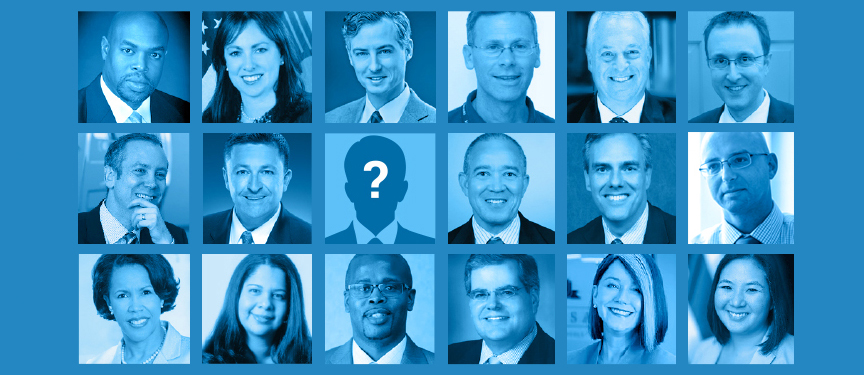
SUBSCRIBE
TO MONTHLY UPDATES
We'll send you information that
will keep you up to date on CFC

Twenty years ago, Oakland students in the “flatlands,” the impoverished neighborhoods of West Oakland where mostly African American and Latino families live (as opposed to the more affluent “hills”) attended schools in deplorable conditions. They were overcrowded, rundown and low performing. Truancy and dropout rates were high.
In 1999, National Equity Project (then BayCES) and Oakland Community Organizations worked with the school district to develop a small schools initiative. The school board passed a New Small Autonomous Schools policy in 2000. With a grant from the Gates Foundation, the initiative sought to replace over 20 flatlands schools with new small schools committed to powerful relationships, student success and continuous improvement.
A decade later many of the 29 new partner schools showed big performance gains. Along with more than 60 Alameda County charter schools and improved district options, Oakland families in (what is now called) the “heartland” and the “hills” have much improved options.
After five years of leadership roles in Denver Public Schools, Antwan Wilson became Oakland USD Superintendent two years ago. He set out to create a more collaborative climate in Oakland. He created the Oakland Public Schools Equity Pledge, a promising “collaborative effort, between OUSD and charter public schools, to develop a set of agreements for how Oakland public schools will work together in service of all of the city’s students and families.”
With Oakland Mayor Libby Schaaf, Wilson created the Oakland Promise: a “cradle-to-career initiative that aims to triple the number of college graduates from Oakland within the next decade.” The collective impact initiative includes early learning support, access to Future Centers where students develop a career and college plan and college scholarships.
For the last four years the Rogers Family Foundation has been a quiet force for change in Oakland schools. Combining small grants and thoughtful advice, the foundation has become a local change agent and national role model. Their efforts to promote next generation models have been matched by national funders as one of seven NGLC regional funds.
In the last three years, social justice advocates have been joined by reformers, talent developers, school networks and investors seeking an affordable Bay Area hub. Two years ago SFGate declared “Oakland is the new Brooklyn.” Last year, Uber and other tech companies announced moves to Oakland. While increased housing costs are a growing concern, Oakland is a city on the rise.
Urban Promise
Launched 14 years ago as part of the small schools initiative, Urban Promise Academy (UPA) straddles a narrow cul-de-sac in an old building and a newer one. The Fruitvale school (southeast of downtown and north of the airport) is tucked behind a bodega. Most of the 375 students in grades 6-8 are Hispanic and live in or near poverty, and more than half are English learners.
UPA engages students in a standards-based curriculum that is rigorous and relevant with an emphasis on critical thinking, investigation and inquiry. There is a culture of high expectations and strong supports and family involvement. Students make frequent expositions of their work. Sustained relationships are formed in Crew, a daily advisory period.
When Oakland provided sanctuary to immigrants and unaccompanied minors, UPA created a newcomer program for the English learners including many Guatemalan youth speaking the Mayan language Mam. UPA hired a Mam-speaking parent resource coordinator.
The trauma that many of the unaccompanied minors have experienced is addressed by mental health professionals at UPA, but the key to success appears to be the welcoming culture. The hallways are full of student writing, including many heartbreaking accounts of the immigrant experience.
With a $350,000 grant from the Rogers Family Foundation, UPA implemented several blended learning pilots. The sixth grade team was selected to join Summit Basecamp and is benefiting from the Personalized Learning Plan (PLP) platform and training. (See this feature on a Washington DC school also participating in Basecamp.) The seventh grade team also launched blended pilots, but will join the sixth grade team in using PLP next year.
The PLP homepage allows students to track their progress in every subject and see what’s next. They can click through to playlists of learning resources. Some advanced math students (below) were working a grade ahead. The teacher said the platform was particularly beneficial for self-directed students, and they’re trying to develop the skill and confidence for all students to take more ownership of their learning.
Lisa Hiltbrand, a 26 year veteran teacher (below) said the PLP promoted ownership and perseverance. She can see daily data on struggling students and is “constantly pulling small groups.” Students spend about 30% of their time in personalized learning and 70% in project-based learning.
The UPA staff added more content to the PLP for their English learners, and the Basecamp staff has been highly responsive. Hiltbrand said, “In a couple years it’s going to be really great.”
Tracking progress in the Oakland, one could conclude the same about the East Bay learning ecosystem.